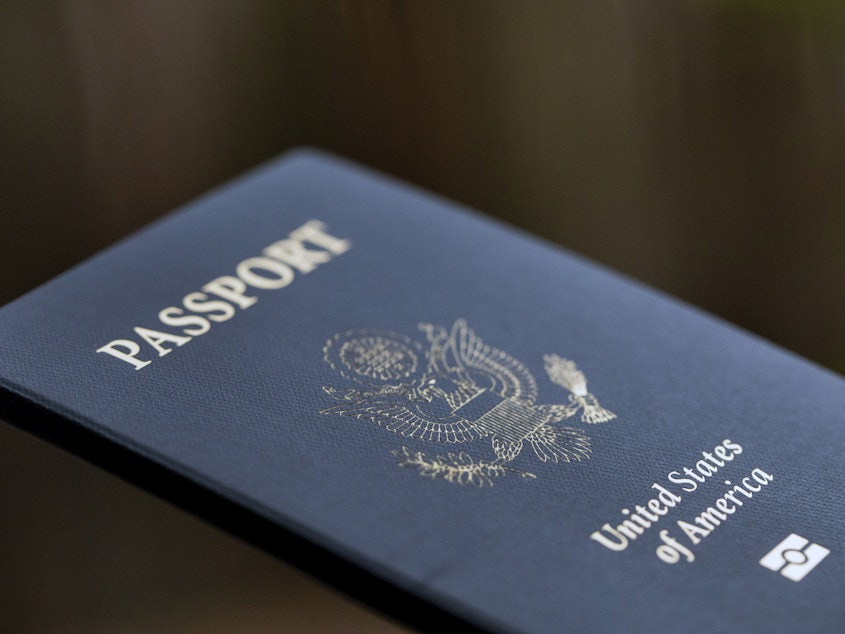U.S. citizens can now choose the gender 'X' on their passport applications

U.S. citizens applying for a passport can now select the gender "X" on their applications in addition to the previously available "F" and "M" options.
The State Department announced last year that it was adding a third gender option following a lawsuit by an intersex and nonbinary Colorado resident who argued that it was impossible to get a passport that accurately reflected their gender identity.
The change took effect on Monday, with passport application forms on the government's website reflecting the additional choice.
"We continue to work closely with our federal government partners to ensure as smooth a travel experience as possible for all passport holders, regardless of their gender identity," the State Department said in a statement in March.
"We reaffirm our commitment to promoting and protecting the freedom, dignity, and equality of all persons – including transgender, non-binary, and gender non-conforming persons around the world."
Sponsored
How the gender 'X' marker works
The State Department is the first U.S. federal agency to offer the gender "X" marker on an identity document.
The marker is officially defined as "unspecified or another gender identity."
The State Department said it arrived at the definition after seeking public feedback, consulting with partner countries and conducting research with the the Centers for Disease Control and Prevention's National Center for Health Statistics that involved interviews with members of the LGBTQI+ community.
Whatever gender marker applicants choose will appear on their passport regardless of the gender listed on previous passports or supporting documents proving citizenship and identity. The requirement for medical documentation has also been dropped.
Sponsored
The gender "X" marker will also become available as an option on other documents next year, the State Department said.
Advocates had been pushing for the change
The Biden administration first announced that it would include a third gender option on passport applications last year.
It was a decision that was applauded by many, including Dana Zzyym, who sued the State Department over the lack of gender options on passport applications.
"It's great news for all intersex and nonbinary people, because it basically says that we can get our passports," Zzyym told NPR in June. "We don't have to lie to get our passports. We can just be ourselves."
Sponsored
According to Lambda Legal, which represented Zzyym in their lawsuit, Zzyym became the first person to receive a passport with the gender "X" marker in December.
The U.S. joins a slew of other countries that offer passports with gender options beyond simply male and female, including Canada, Australia, India, Malta, Nepal and New Zealand. [Copyright 2022 NPR]


